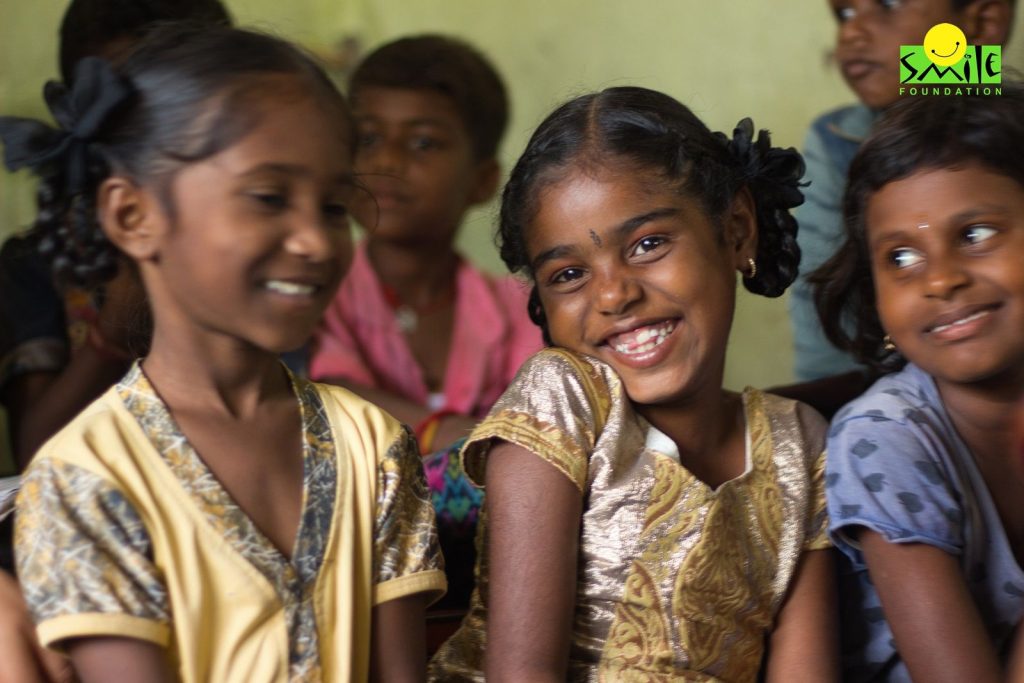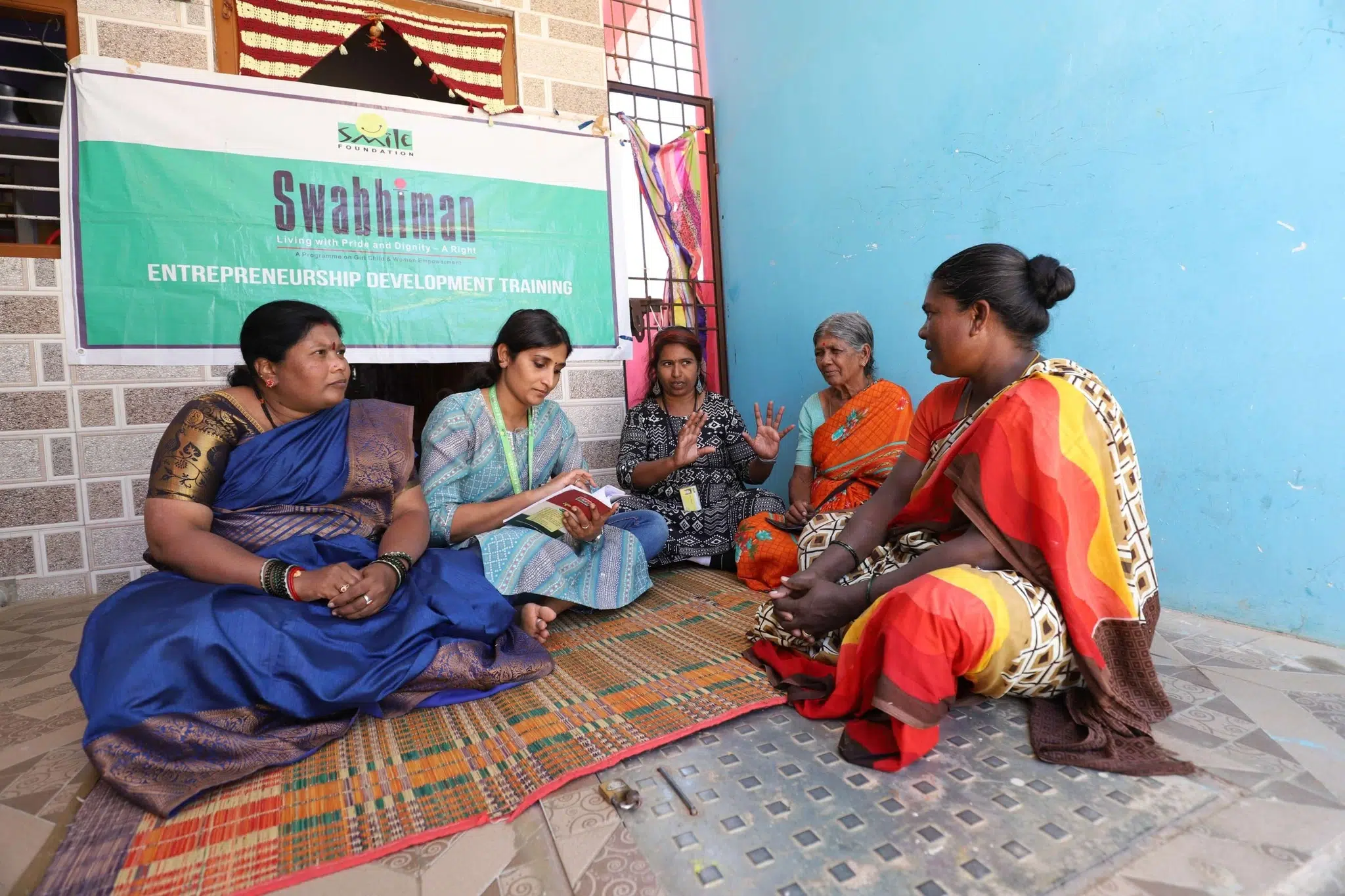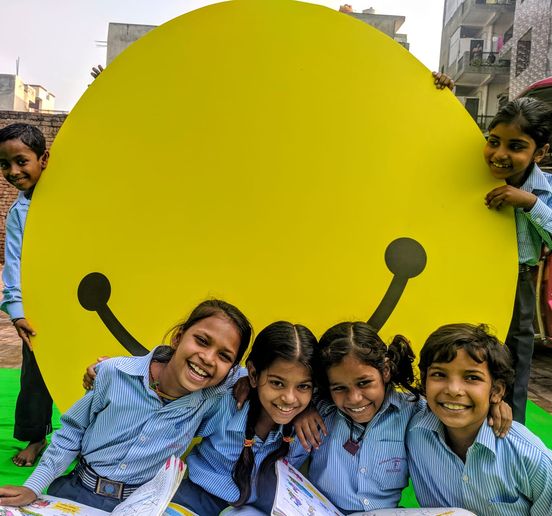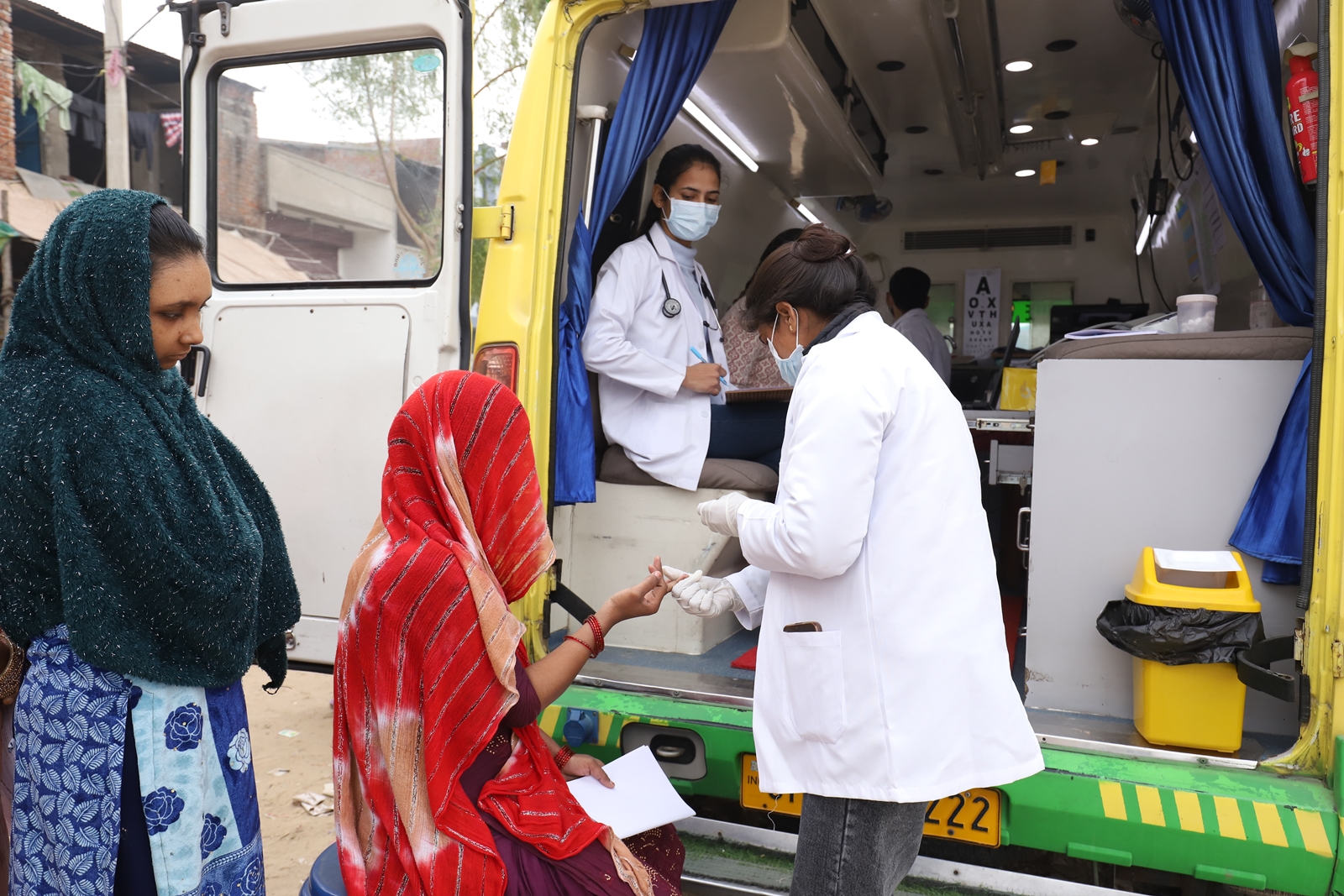A month ago, Child Rights and You (CRY) launched a nationwide initiative, Poori Padhai, Desh Ki Bhalai: When Girls Complete Their Education, The Nation Prospers. The campaign aims to ensure that all girl children in India get to complete their education.
Girl students do not get to complete their schooling
South India Education lead of Bal Raksha Bharat, Nagesh Malladi says, “The average dropout rate for girls in primary school is 1.4%, upper primary level 3.3% and it is very high at secondary schooling is 12.3% as boy’s dropout rate is 13% as per the DISE 2021.”
According to John Roberts, Director of Southern Region, CRY, only about 60% of girls complete class 12. “Whenever children are not in school, they become susceptible to early marriage, violence and abuse, and child labour. And girls are more vulnerable,” he says.
In this context CRY launched the awareness campaign. “We want to create awareness at different levels – among the general public, corporates, legislators — and urge people to take action locally,” says Roberts. For instance, a person can take action to ensure that no girl in their housing society, or neighbourhood is pushed into child labour.
Right to education
The Right of Children to Free and Compulsory Education Act or Right to Education Act (RTE), enacted on August 4, 2009, makes education a fundamental right of every child between the ages of six and 14 and specifies minimum norms in elementary schools.
Social, cultural economic barriers
In a patriarchal society, education of boys is prioritised as they are the ones who will earn and support the family. Minor girls are married off to reduce economic burden.
In rural areas, school infrastructure is inadequate. “For every 10 schools there are about five middle schools, and for every 10 middle schools there are just five high schools. Girls drop out of school when schools are too far away and end up forced into labor or early marriage. Our aim is to ensure that all girls complete their studies at least till class 12,” says Roberts.
Virgil D Sami, Executive Director of Arunodhaya, which works for realising child rights through child participation, agrees. “When high schools are not nearby, girls drop out as parents don’t want to send them far away to study,” she says, adding that parents are also afraid of their daughters falling in love or getting infatuated with boys. “In a coeducational school, if they see a boy talking to a girl, they pull her out of school.”
Arunodhaya networks with local corporation and government schools, identifies dropouts and long absentees, counsels them and brings them back to school. “We also do follow-ups and provide career guidance,” says D Sami.
Government schemes to educate the girl child
The Indian government has come up with various initiatives to promote the education of girl children. The most prominent is the Beti Padhao Beti Bachao (BBBP) initiative, which was launched in 2015.
The scheme provides financial assistance for the education and health of the girl child, especially in districts with low child sex ratio. They implement it in collaboration with state governments, union territories, and other relevant ministries, departments and stakeholders.
The setback: Child marriages soar during Covid-19 pandemic
The Indian government, NGOs and activists have been working to bring girl children back to schools. Especially as the pandemic had an adverse impact.
On October 11, International Day of the Girl Child, Save the Children and Tufts University released the findings of a study, according to newspaper reports. It revealed that job losses and reduced household incomes due to the pandemic increased the likelihood of child marriages. One in seven (14%) mothers also felt that the pandemic had increased the risk of early marriage among girls. This naturally impacted their access to education.
Why educate girl children?
Apart from social benefits, and women empowerment, the nation prospers when more girls get quality education. According to a McKinsey study on gender equality, if all girls in India complete their education and join the workforce, our country could add a staggering $770 billion to its GDP by 2025.
“The future is truly female. More and more women in the workforce is good for the health of the economy, and in extrapolation of the nation. All our initiatives have gender-lends attached to them, so much so that they appear inherent in nature and integral to their successful workings now,” says Santanu Mishra, Co-Founder and Executive Trustee of Smile Foundation.
The road ahead for girls in schools: Collaboration is key
“Government and NGO partnerships are very essential to strengthening quality initiatives of governments and to integrate certain components like parent involvement and community involvement in school management and improving overall performance of the children,” says Malladi.
Smile Foundation, for instance, has 405 Mission Education Centres, where early childhood education to senior secondary education is provided for underserved children aged three to 18.
D Sami feels that NGOs and CSR initiatives can help government initiatives. “They can work with schools to provide life skills training and encourage sports activities,” she says. “By helping children have a goal in life, and improving their decision-making, leadership, and communication skills, we can see a radical change in their behaviour.”
The importance of vocational education
Smile Foundation also lays stress on vocational education and supports more than 44,000 girls under its programmes. We have designed quality improvement and system strengthening interventions to promote and support in-school vocational education, focusing on enrolling and keeping girls in school.
“Education without skills doesn’t work anymore. For girls to get out of homes and secure freedom through good jobs, vocational education plays one of the key roles in today’s job market,” says Mishra.
We also launched Project Manzil, which aims to provide counselling and employability skills training to over 90,000 young girls in Rajasthan. The project provides training to girls in streams like IT, healthcare, beauty and wellness, security, retail, automobile, apparel, home furnishing, agriculture, tourism and hospitality.









